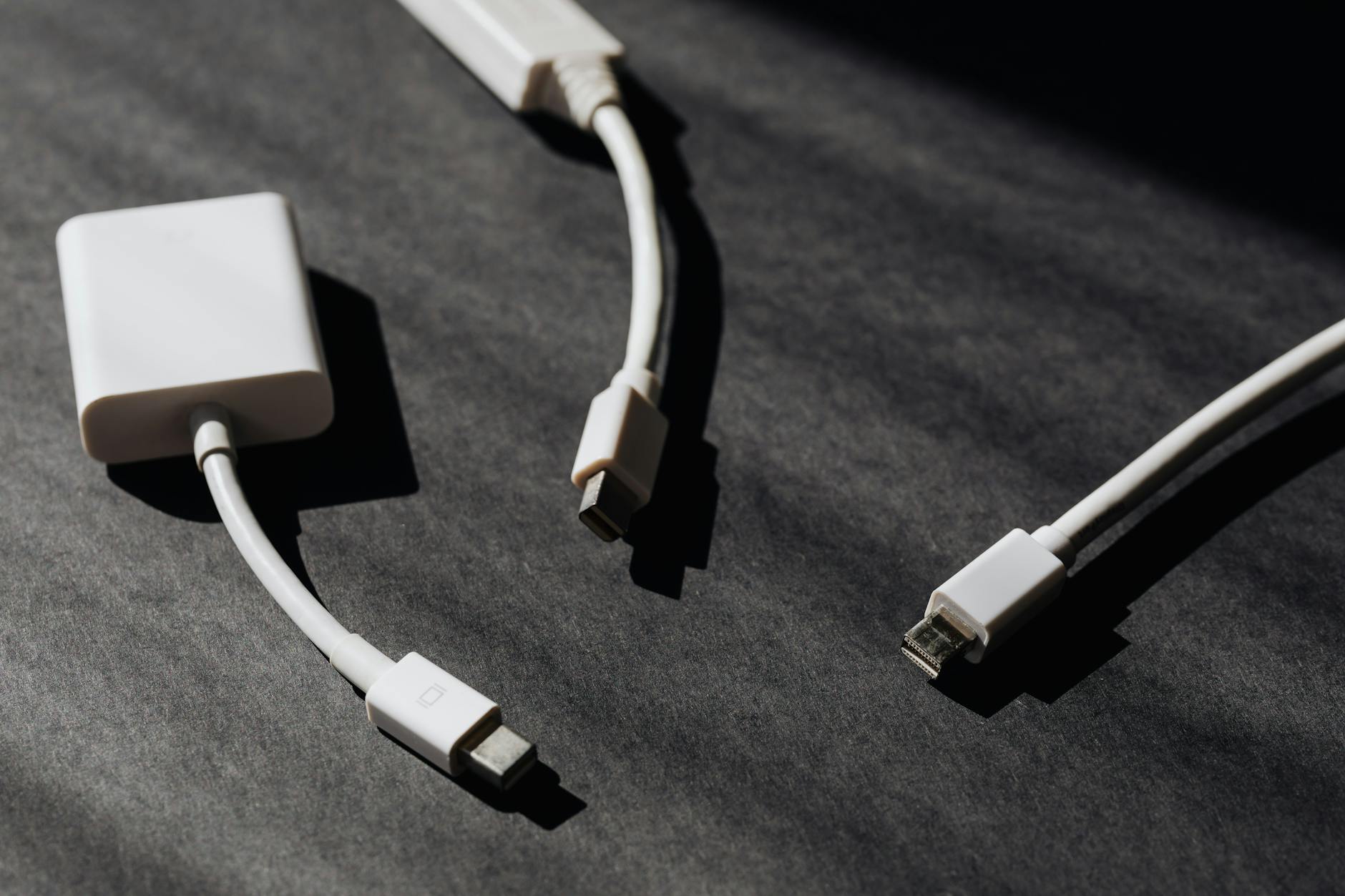Python Power Hour: Easy Installation Tips for Beginners

Unleash the true power of Python with our easy installation tips for beginners - make the most of your hour!
Table of Contents
Welcome to your Python Power Hour with Windows for Dummies! If you're new to the world of programming or looking to expand your skills, installing Python on your computer is a crucial first step. In this guide, we'll walk you through the process of installing Python on your Windows 10 operating system with easy-to-follow steps and helpful tips. Let's dive in!
Check if Python is already installed
Before we begin the installation process, it's important to check if Python is already installed on your computer. To do this, simply open a Command prompt and type python --version. If Python is installed, you will see the version number displayed. If not, don't worry! We'll guide you through the installation process step by step.
Downloading Python
Now, it's time to download Python onto your Windows 10 system. Head over to the official Python website at python.org and navigate to the downloads section. Choose the latest version of Python that is compatible with Windows 10 and click on the download link. The website will automatically detect your operating system, making it easy to choose the right version for your PC.
Installing Python on Windows 10
Once the Python installation file has finished downloading, locate the file in your Downloads folder and double-click to run the installer. Follow the on-screen instructions, selecting the default settings for a standard installation. Make sure to check the box that says "Add Python x.x to PATH" to ensure Python is easily accessible from the command prompt.

Image courtesy of www.linkedin.com via Google Images
During the installation process, you may be prompted to customize the installation by selecting additional features or changing the installation directory. Feel free to customize these settings according to your preferences, but for beginners, the default options should suffice.
Verifying the installation
After the installation process is complete, it's essential to verify that Python has been installed correctly. Open a command prompt and type python to launch the Python interpreter. You should see the Python version number displayed, indicating that Python is up and running on your Windows 10 system.
| Topic | Description |
|---|---|
| Introduction to Python Power Hour | An overview of the Python Power Hour session and its objectives. |
| Why Python? | Exploring the benefits of learning and using Python programming language. |
| Installation Steps | Step-by-step guide on how beginners can easily install Python on their systems. |
| Common Installation Errors | Advising on how to troubleshoot and fix common errors encountered during installation. |
| Next Steps | Recommendations for further learning and resources to continue the Python journey. |
To test Python further, try running a simple code snippet such as:
print("Hello, Windows for Dummies!")
If you see the message "Hello, Windows for Dummies!" printed on the screen, congratulations - you've successfully installed and verified Python on your Windows 10 computer!
Conclusion
Congratulations on completing your Python installation journey with Windows for Dummies! With Python now set up on your Windows 10 system, you're ready to explore the endless possibilities of programming and coding. Whether you're interested in web development, data analysis, machine learning, or game development, Python is a versatile language that can help you bring your ideas to life.
Remember, Windows for Dummies is your go-to resource for mastering all things Windows, from Windows 7 to 11 and everything in between. Be sure to check out our easy how-to guides, FAQs, and expert tips to unlock the full potential of your Windows experience. Happy coding!
FAQs
Do I need any prior Programming experience to install Python on Windows 10?
Answer 1: No, Python is beginner-friendly and suitable for users of all levels. Follow our step-by-step guide for easy installation.
Can I install multiple versions of Python on my Windows 10 system?
Answer 2: Yes, you can install multiple versions of Python on your computer. Just make sure to manage your environment variables properly to avoid conflicts.
What should I do if I encounter errors during the Python installation process?
Answer 3: Check the error message for clues, and try reinstalling Python with administrative privileges. If issues persist, consult online forums or seek help from Python community members.
Is it necessary to add Python to the PATH during installation?
Answer 4: Adding Python to the PATH makes it easier to access Python from the command prompt. While it's not mandatory, it's a convenient option for smoother interaction with Python in your Windows environment.
Generated by Texta.ai Blog Automation


